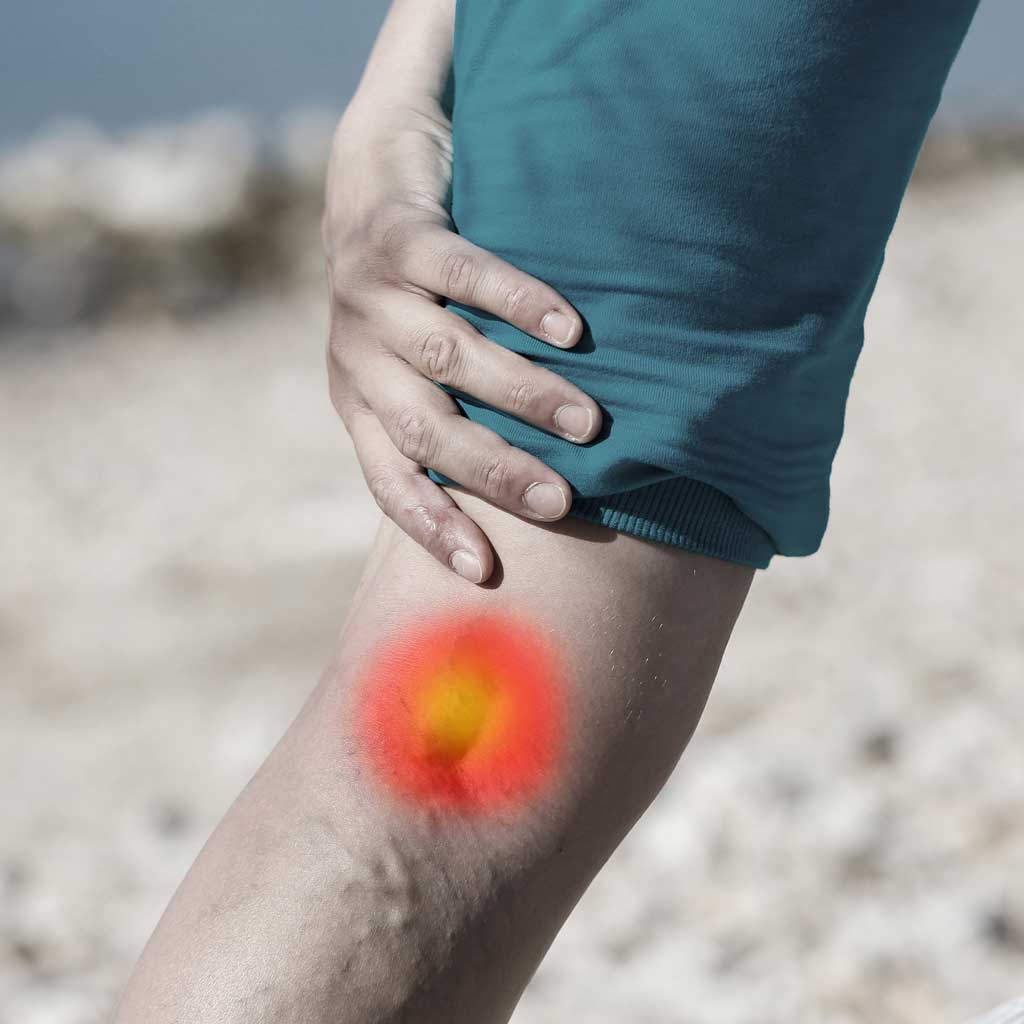What Happens if PAD Goes Untreated
Peripheral artery disease (PAD) is a common circulatory condition in which narrowed arteries reduce blood flow to the limbs, usually the legs. While symptoms like leg pain when walking may seem mild at first, ignoring or delaying PAD treatment can lead to serious health complications. Understanding what can happen if PAD goes untreated is essential for recognizing the importance of early diagnosis and intervention.
Progression of Symptoms
Without timely treatment, PAD symptoms typically worsen over time. Initially, patients may notice claudication—pain, cramping, or fatigue in the legs while walking that improves with rest. As the disease progresses, pain may occur even during rest, particularly at night. This is known as critical limb ischemia (CLI), and it is a sign of severe obstruction and reduced blood flow to the affected limb.
Non-Healing Wounds and Infections
Slow-healing wounds or ulcers in the feet or legs are one of the major hazards of untreated PAD. Poor circulation impedes the body’s ability to heal, making wounds prone to infection, which can be dangerous and cause disease (gangrene) and possible amputation.
Increased Risk of Heart Attack and Stroke
PAD is a red flag for widespread atherosclerosis, the buildup of plaque in the arteries of the body. While this condition usually only affects the legs, it can increase the risk of heart attack and stroke. Those who have PAD have a significantly higher risk of developing cardiovascular conditions.
Limb Loss
Untreated PAD can result in irreversible damage to the muscles and tissues in the legs. When blood flow is critically restricted, tissue begins to die, and amputation may become necessary to prevent the spread of infection or gangrene. This outcome drastically reduces quality of life and mobility.
Why Early PAD Treatment Matters
Fortunately, PAD is manageable with early intervention. Lifestyle changes, such as quitting smoking, exercising regularly, and managing conditions like diabetes or high blood pressure, play a crucial role. Medical PAD treatment options include medications to improve blood flow, angioplasty, and in some cases, surgical bypass.
If you experience symptoms like leg pain, numbness, or wounds that won’t heal, don’t wait. Consult our vascular specialists to explore the right PAD treatment for your condition.
Memphis Vascular Center offers treatment for Peripheral Arterial Disease. If you would like to learn more about PAD treatment or schedule your appointment, please give us a call at 901-683-1890.

